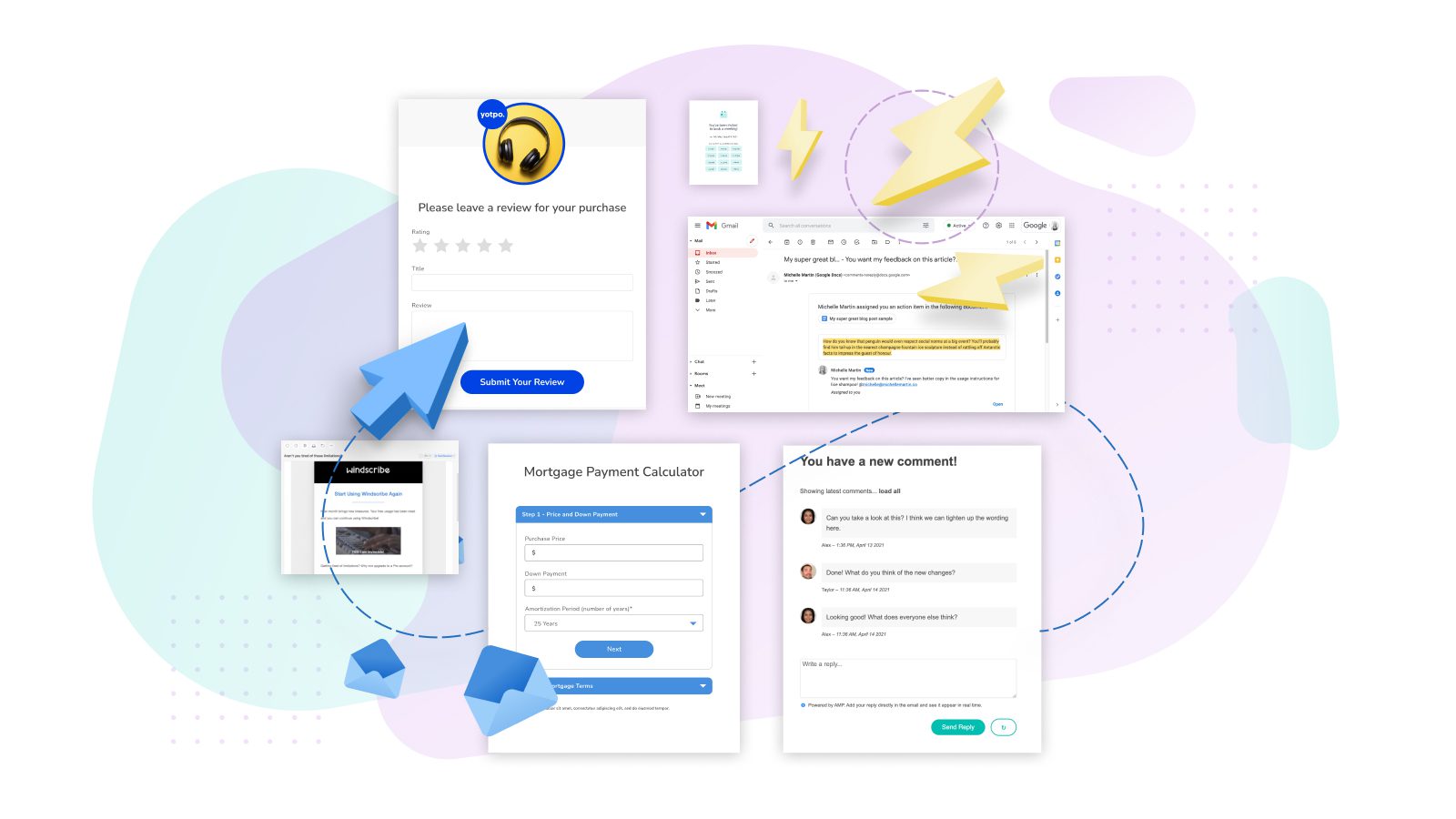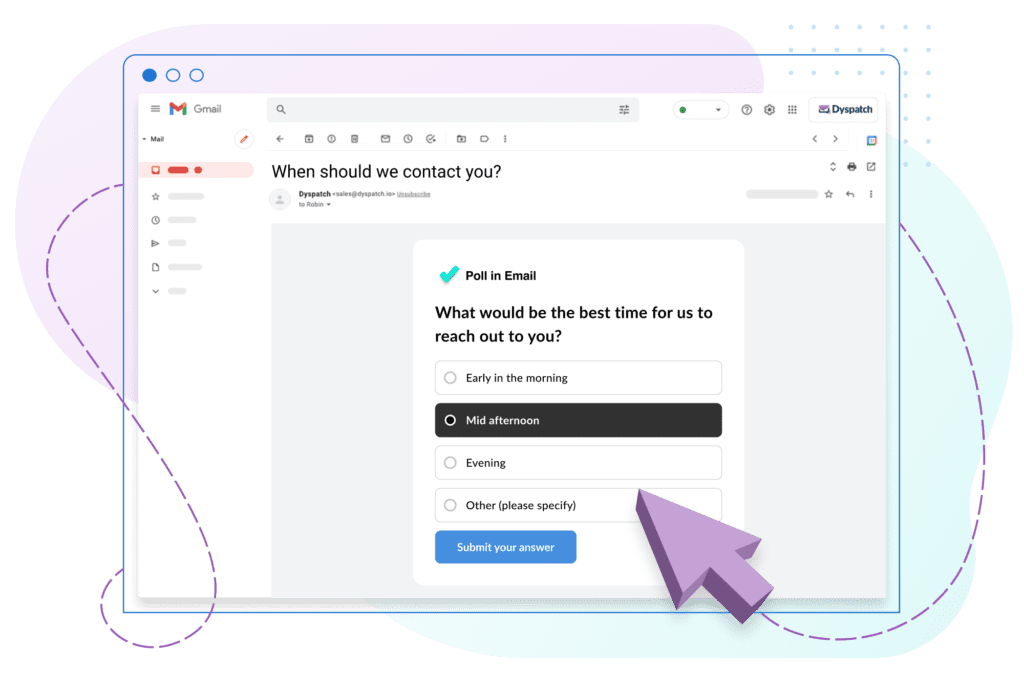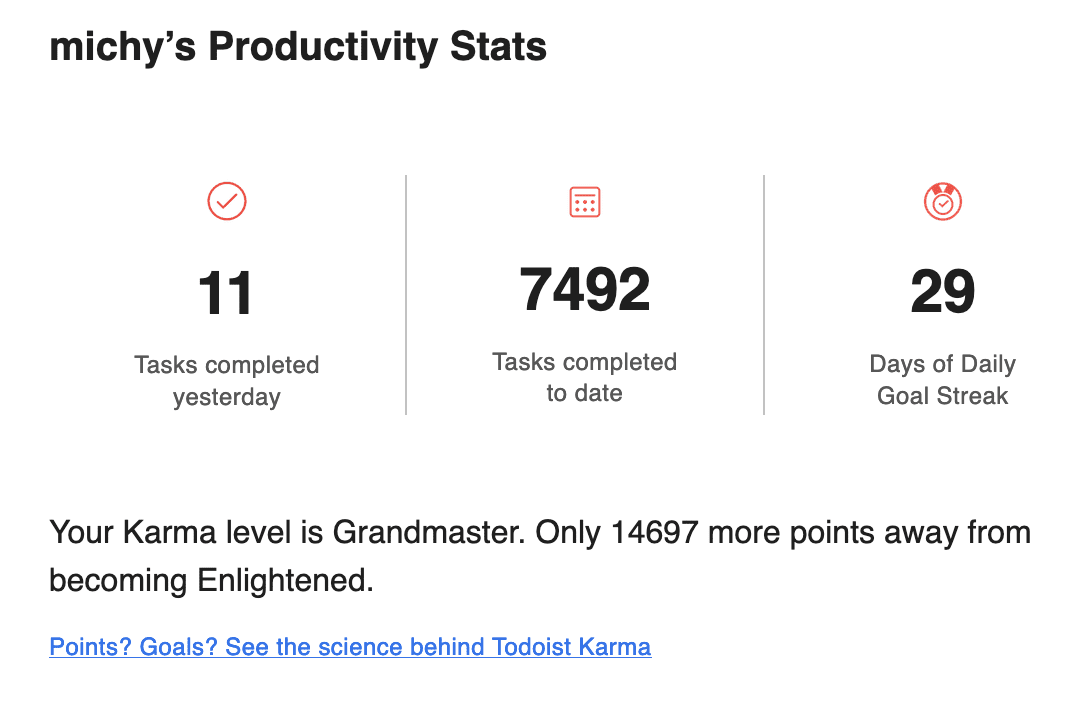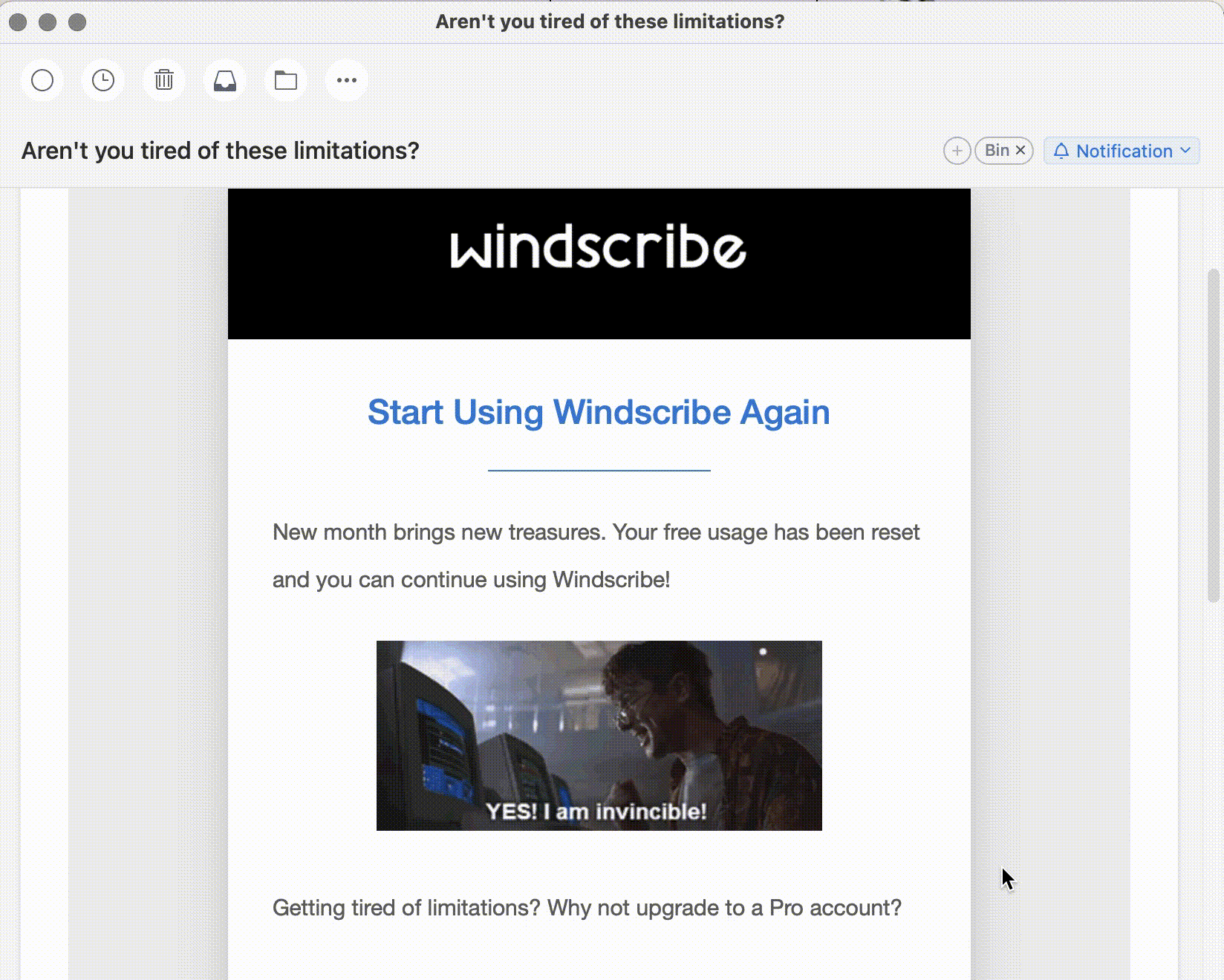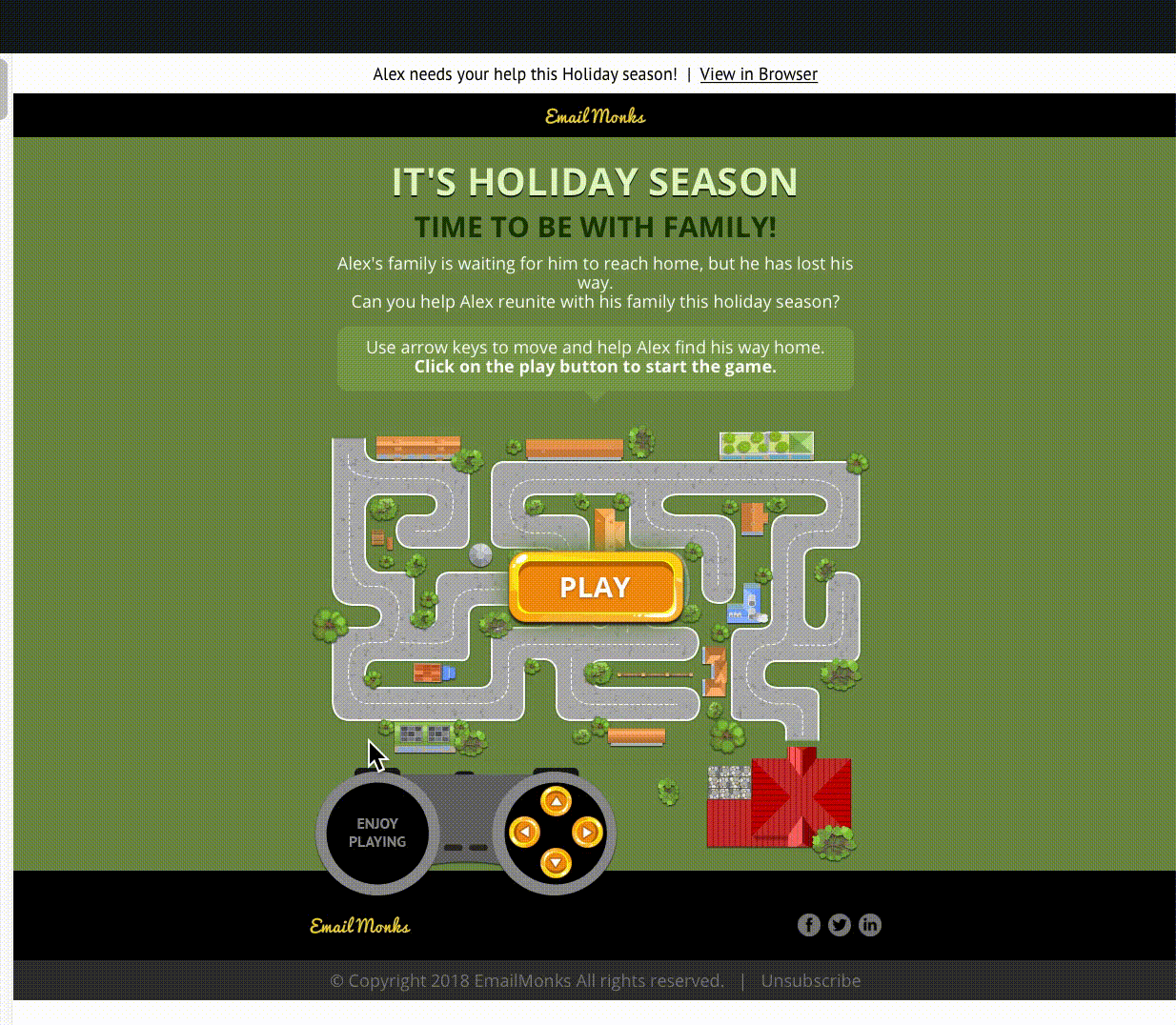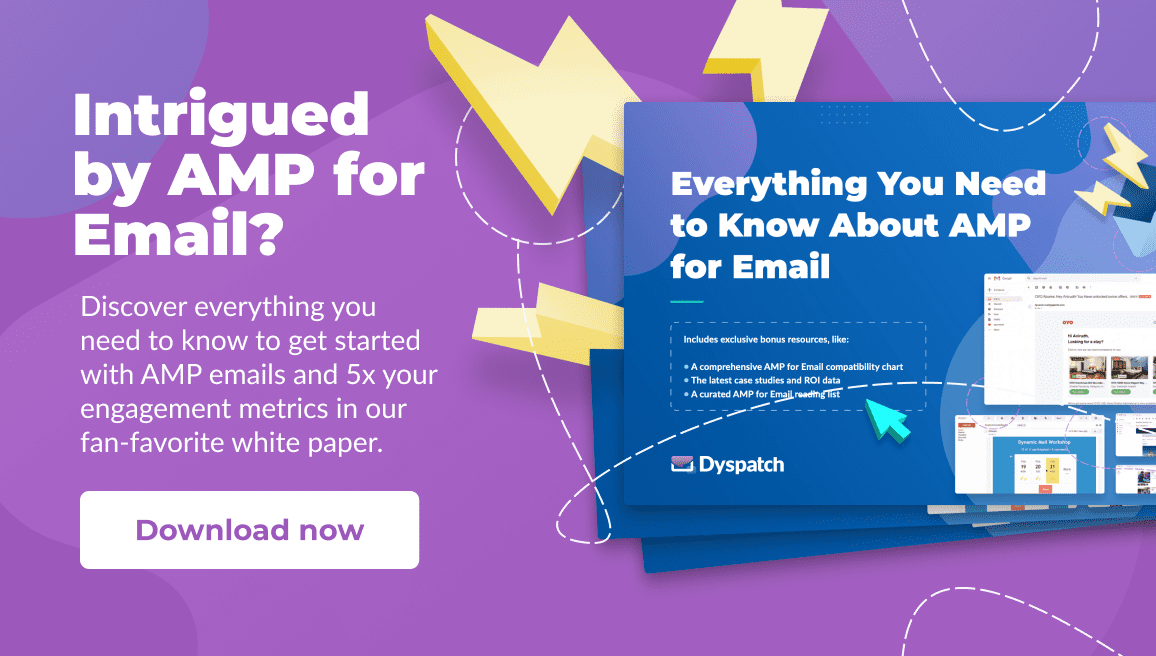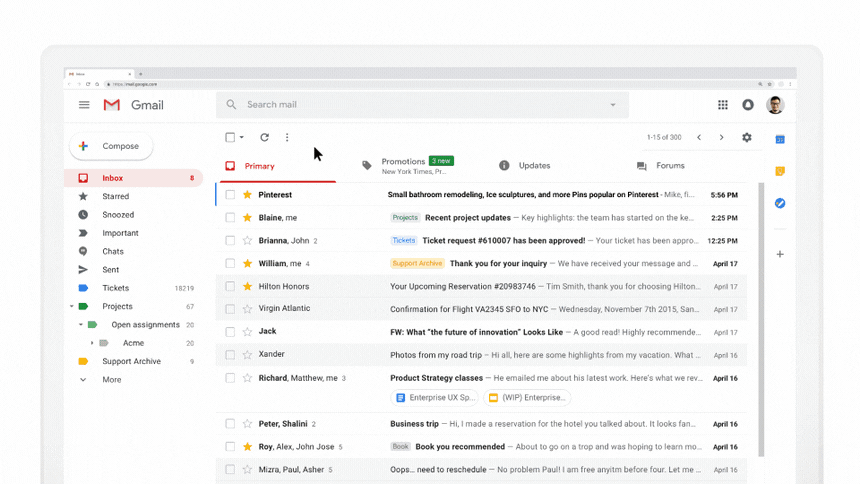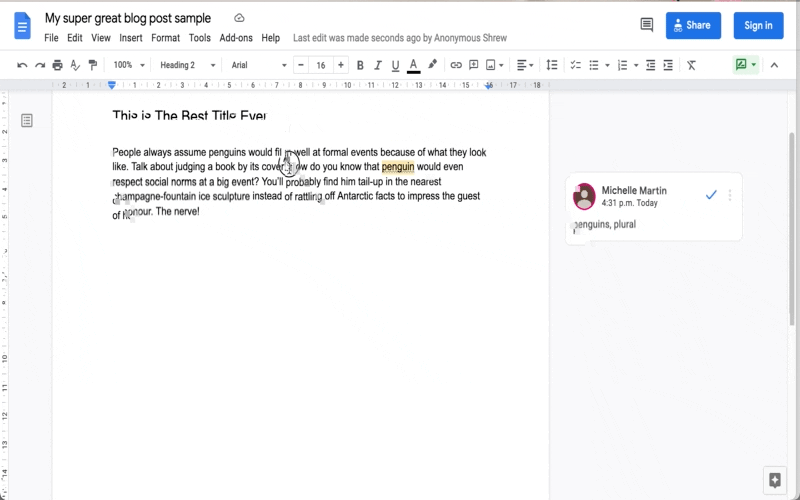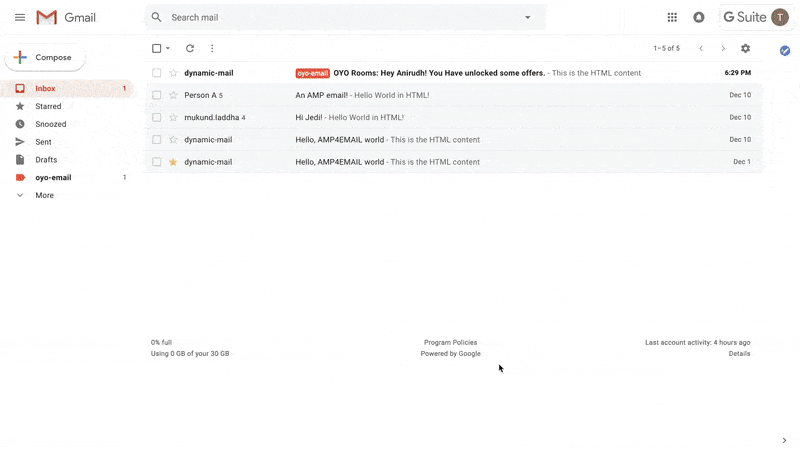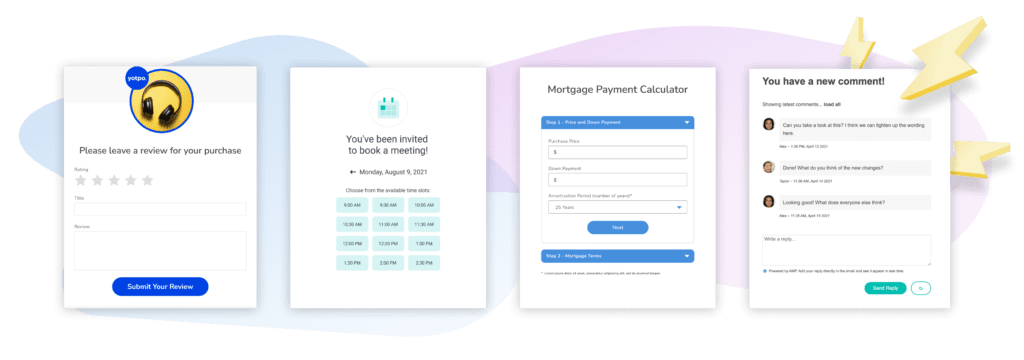Pop quiz: What’s the difference between dynamic, interactive, and AMP emails?
…not sure?
Don’t feel bad. These three terms are often used interchangeably by marketers… and that’s not always wrong.
AMP emails are by nature dynamic and interactive, but dynamic and interactive emails aren’t always AMP emails. There’s overlap between these terms, to be sure. But there’s also a distinction to be made between them.
Confused yet? Not to worry.
In this article, I’ll explain what each term means (with helpful examples!). I’ll also cover how you can use these techniques independently or together to maximize your email marketing conversions and boost engagement by up to 500%.
Let’s go!
What’s a Dynamic Email?
A dynamic email contains content that changes based on the recipient, or is personalized in another way. The most basic example of this is “Hey {{first_name}}!”
Of course, dynamic content can include more sophisticated personalization tactics, such as pulling in a user’s account information or localizing a hero image based on their location.
And we all know personalized emails drive impressive results. Research from Epsilon found personalized experiences make consumers 80% more likely to buy.
As an example, productivity app Todoist sends a daily task list email that includes your previous day’s stats. It also includes fun elements, such as a daily goal streak and what they call your “Karma” level, which is basically your “productivity rank.” (Yeah, I’m almost at the highest level, no big deal.)
Source: my inbox / Todoist
A dynamic email contains personalized content, but without AMP, its source has to already exist before the email is sent. More on this in a bit!
What’s an Interactive Email?
It’s, well… any type of email your recipient can interact with.
Source: Giphy
See? You just interacted with this article by rolling your eyes laughing at that GIF. Marketers have been adding punch to their emails with GIFs, animation, or videos for awhile now.
Source: my inbox / Windscribe
Watching an embedded video directly in an email or clicking through a carousel of product images are all examples of interactivity. Instead of simply reading, the user is doing something.
Interactive emails can even get quite elaborate, such as this game by Email Monks that’s played completely within the inbox.
Source: Really Good Emails
Interactive emails are worth the time it takes to produce them. Dyspatch research shows 60% of customers are eager to engage with them, and 50% routinely like engaging with content directly in their inbox.
So, how are AMP emails different from interactive and dynamic ones?
Turning Interactive Into Immersive: Introducing AMP Emails
OK, here’s where it gets fun.
AMP (Accelerated Mobile Pages) is an open-source technology, originally created by Google to make websites extremely fast and mobile-friendly. Now, AMP for Email lets recipients interact with live content directly inside an email, like a mini-landing page right in their inbox.
The key word there? Live.
Only AMP emails can contain live, up-to-the-second content that doesn’t even have to exist before the email is sent out — only when it’s opened by the recipient.
If you’re a realtor, you can write up your weekly newsletter on Wednesday afternoon and set it to send out the following Monday. Using AMP live content means when Fran opens your email on Monday morning, she sees the freshest listings that hit the market that same morning.
And so does Marilyn, who opens the email Thursday at 7pm, and a house listed at 5pm that day is front and center, catching her eye.
But that’s not all, we can take it further. The AMP email can contain a form and handle data submission, so Marilyn can sign up for a tour of the house without ever leaving her inbox.
This AMP-only functionality reduces friction and makes users much more likely to complete the desired action… 5.2 times more likely, actually, according to a Google Developers A/B test where they asked users to fill out a form.
Only 0.15% of the users filled out the form from the traditional email where they had to click to go to a landing page, whereas 0.79% converted with the AMP email.
Getting excited yet? Let’s look at more examples of the power of AMP for Email.
Three Awesome AMP Email Examples
1. Pinterest Blurs the Line Between Email and App
Using AMP, Pinterest was able to include the core feature of their product — pinning — into an email. They sent users dynamically generated content recommendations that they could pin to their account, without ever leaving that single email.
Not only is this a seamless app-to-email brand interaction for the user, but by being so easy, it greatly increases the likelihood of them pinning something, which is the entire goal of the campaign.
It’s simple. It’s beautiful. It’s AMP user experience at its best.
Source: Pinterest Engineering Blog
2. Always Accurate Comments and Collaboration with Google Docs
AMP was originally a Google technology, so it’s no surprise their apps use it effectively.
When you make a comment on a shared Google Doc, it emails that feedback to your team. However, things change. Maybe you had a new idea between the time you wrote your comment and your colleague opened it.
Or, maybe your feedback was a little harsh, and you find yourself wishing for an “unsend” button. Wish granted…
With AMP email notifications, users see live, up-to-date info. That means, if you delete or update your comment, the latest thread will show up when the email is opened and everyone on the team will always be on the same page.
Users can also leave a comment from that email, without having to click into the document — a feature that boosted Google Docs comment replies by 500%.
Source: my inbox / Google Docs
3. In-Email Hotel Room Booking by OYO
OYO, one of India’s top hotel and room reservation sites, uses live AMP content in their recommendation emails. Users are shown a room and can click around in the email to view larger photos, availability, and whether the room offers features like Wi-Fi or breakfast.
This convenient user experience had a big payoff: 60% higher conversions and a 57% higher click-through-rate compared to their previous non-AMP, static emails.
Source: Dyspatch
Are Dynamic, Interactive, and AMP Email Marketing Campaigns For You?
So, should you rAMP up your email marketing (sorry) with dynamic, interactive, and immersive, live-content AMP emails?
Yes. Yup. Absolutely.
It’s probably clear by now I’m a big fan of dynamic, interactive, and AMP email content. And forward-thinkers like Dyspatch, along with big kahunas like Litmus and Salesforce, believe AMP for Email is the future of email marketing.
The benefits of personalized, dynamic, and interactive emails are well-known and AMP for Email builds on that — setting a new standard for customer engagement. By adding live data into your emails with AMP, your email goes from being a YAM (Yet Another Message) in your customer’s inbox to a living, breathing, customer relationship building tool.
Early adopters of AMP emails are already seeing big benefits. Ecwid switched to using AMP in their abandoned cart emails and saw an average 82% increase in sales. That’s only an average! One of their merchants even grew their abandoned cart sales by 300%.
That said, there are a few things to consider before diving in:
Not everyone will see your AMP email — and that’s okay.
Currently, Gmail, Yahoo!, and Mail.ru support AMP for Email. (Keep in mind 34% of all emails worldwide are opened in Gmail.) What does this mean? Well, those who use a compatible email client will see your AMP email, and get the very best user experience possible. Those who use an email client that doesn’t support AMP will still see your HTML fallback email and have a positive experience. So really, there’s no downside to using AMP for Email. Think of it as the cherry on top that could lead to huge rewards. For everyone else? A perfectly delicious banana split with all the other fixings.
It can get a little nerdy.
In addition to learning a new coding language (well, MIME type) to write AMP emails, you need to register with Google to be able to use AMP for Email. But fear not, that’s where Dyspatch comes in…
How Dyspatch Can Help You Effortlessly Create AMP Emails (Without Coding!)
Dyspatch includes a library of pre-coded, drag-and-drop interactive AMP for Email blocks to make creating immersive customer experiences easy… even for junior marketing interns.
With this agile email builder, you can add high-converting AMP power to your emails — without doubling your workload.
Plus, Dyspatch automatically creates an HTML fallback version of your AMP email, so you don’t have to worry about email client support. Combined with built-in Litmus testing, your email creation workflow will be more efficient than ever.
Ready to dive into the world of AMP email marketing? Check out this comprehensive white paper for everything you need to know about AMP for Email. It’s chock full of conversion-boosting ideas for both B2B and B2C marketers.
